Who Was Nobuo Yamada?
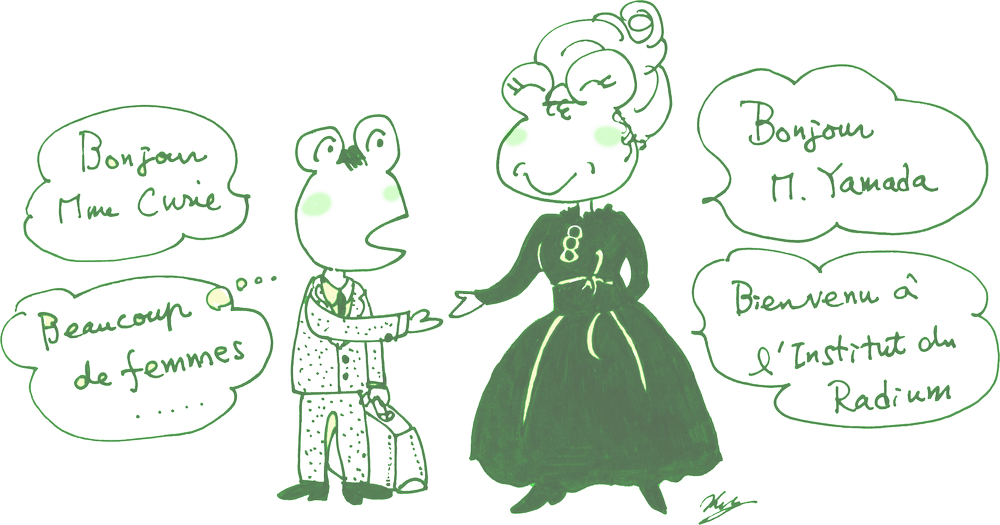
Nobuo Yamada (1867-1934), Marie Curie (1867-1934)
Nobuo Yamada was Marie Curie’s first Japanese disciple. Yamada was dispatched to the Radium Institute in Paris, where Marie Curie (1867-1934) was the director, by the Japanese government in 1923. Yamada was considered a brilliant scientist in Japan at the time. Yet Yamada’s work in Paris resulted in radiation injury, to which he succumbed at the age of 31. Therefore, he passed away before he could reach the prime of his life as a scientist, and that is why he is not known even in Japan.[1]
A Child Prodigy of the Meiji Era - Modern Japanese Dream of Success
Nobuo Yamada came from a wealthy family from Gifu prefecture. He was born in 1896 in Kobe, where his father worked as a government official. Later, his father was transferred to Taiwan, which was then a Japanese colony; thus, Nobuo remained in Taiwan from elementary school until junior high school, where he studied under the old education system. Young Nobuo, like Maria Sk?odowska (later known as Marie Curie), was always at the top of his class and was called a child prodigy. Due to his reputation, Takeo Sawa, a successful business person, the founder of the sugar-refining industry in Taiwan, proposed paying Nobuo’s school expenses. With this support, Nobuo was able to obtain higher education in mainland Japan, where he first entered Tokyo Higher Technical School (present-day Tokyo Institute of Technology) and then enrolled in the Department of Chemistry at the Faculty of Science of Tohoku Imperial University.
He continued to maintain an outstanding record at Tohoku Imperial University and became a lecturer at the institution after his graduation. Subsequently, he relocated to Tokyo upon receiving an offer from his instructor, Professor Katayama, to take up an associate professorship at the Aeronautical Research Institute of Tokyo Imperial University, established in 1918, the first full-fledged science institute in Japan.
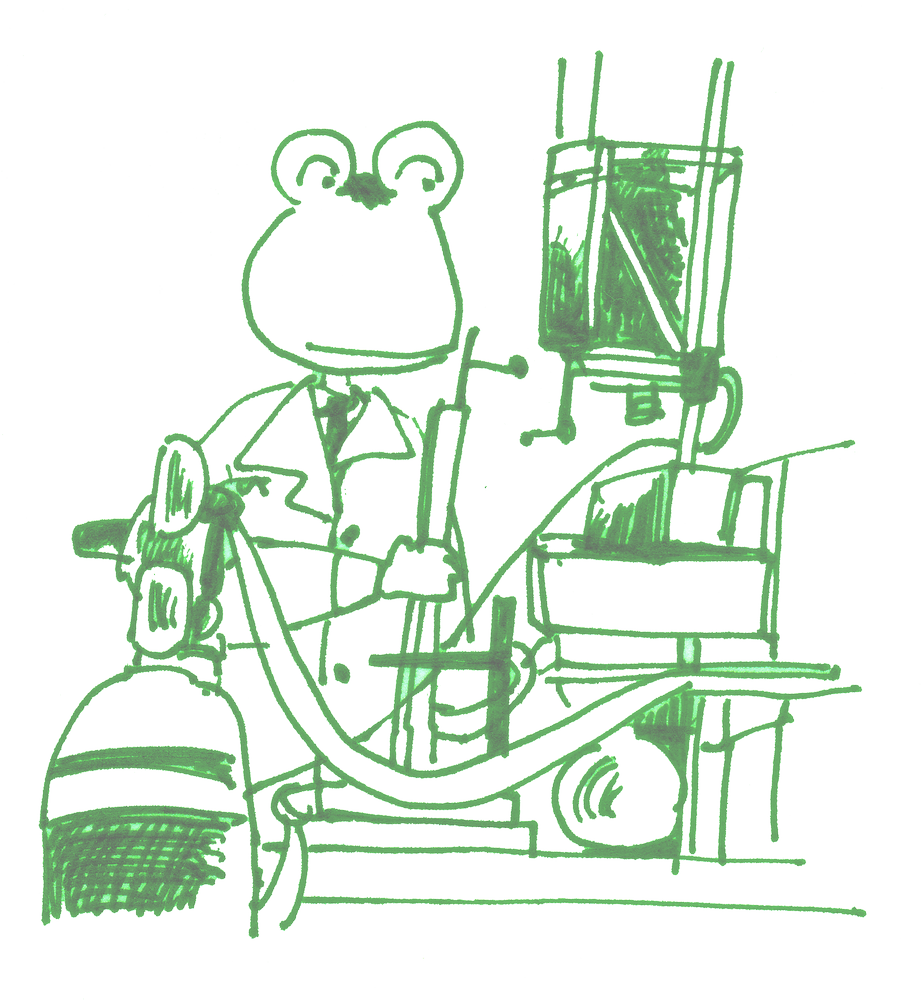
Nobuo Yamada in the Radium Institute (about 1924)
Now, I shall briefly discuss Yamada’s personal life. He got married in Tohoku to the daughter of Sawa’s elder sister. The fact offers proof that not only Sawa but also his relatives recognised Yamada’s talent. These actions of Sawa and others reflect the state of Japan at that time, having opened up its country to the world in 1868 and announcing the end of the Samurai era. Thus, Japan was modernising and trying to develop itself as a country, following the standard of increasing its wealth and military might to become as powerful as the allied Western powers. Especially in the field of science and technology. Therefore, Yamada’s government-sponsored overseas study was part of the Japanese government’s policy in this regard. The government deemed it the right thing to do, to work hard for the country to become one of the “great powers”, and for a man to “succeed in life” and a woman to “devote” herself to the sort of man who had this aspiration. Thus, everyone around Yamada expected him to succeed as a scientist.
Studies on Radioactivity in Paris
Though we may tend towards believing that Yamada had already begun studying radioactivity in Japan when he went to Paris, in reality, he had not. In fact, Yamada had studied natural helium at the Aeronautical Research Institute.[2] At that time, airships were used for industrial and military purposes, and since hydrogen balloons faced a high risk of explosion, scientists were searching for alternative gases. Thus, non-flammable helium was considered to be a safer fuel. Yamada had been studying helium in the context of military use also, as the Aeronautical Research Institute, while offering researchers a high degree of freedom from fulfilling any teaching obligations, also had a deep relationship with the military.
When Yamada was dispatched to the Radium Institute in Paris by the Japanese government in 1923, he was 27 years old. The reason why the Radium Institute was chosen is unknown. In any case, Marie Curie highly evaluated Yamada’s talent and instructed him to conduct joint studies with her daughter Irène Curie (future Joliot-Curie, 1897-1956). The two young scientists worked together and published two co-written articles. In a letter that Irène sent to her mother, she expressed her appreciation for Yamada’s photographic technique.[3] Further, Yamada published three sole-author articles in France.[4]
As she had once not been an affluent student from Poland, Marie Curie was very kind to foreign students at the Radium Institute. The institute gave people an impression for being foreigner- and woman-friendly. In reality, Marie Curie was simply sincere and impatrial to everybody. However, this quality is precious. I assume, therefore, that Yamada was comfortable there. In a postcard that he sent to his wife from Paris, he wrote a statement to the effect of “time flies so fast every day.” I believe that he had a fruitful and satisfying time researching in Paris.
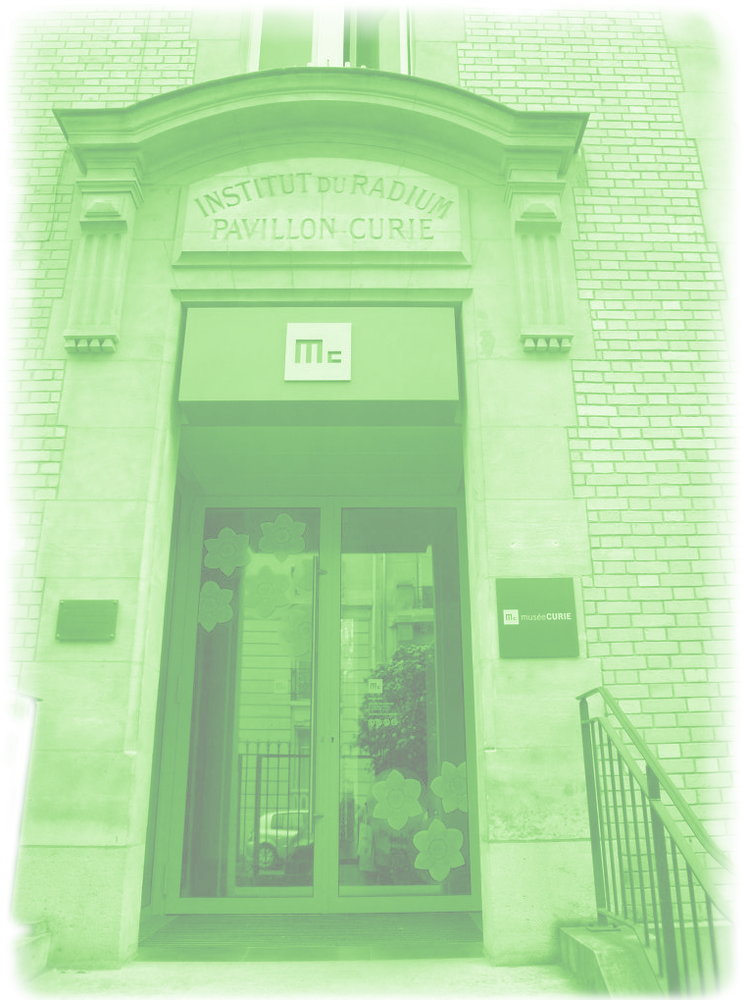
Furthermore, focusing on the gender aspect of the Radium Institute, Marie Curie was the only woman to head an advanced research institute in the world at that time.[5] This means that Yamada was the first Japanese male scientist to be taught by a woman and to have a woman of his own age as a collaborator (moreover, Yamada was the second author of the aforementioned articles). During Yamada’s tenure at the Radium Institute, he had roughly ten female colleagues. That was about one third of its overall colleagues. Thus, having not only a female mentor but also many female colleagues, Yamada had the rare experience of conducting research in an environment that differed drastically from what he had been accustomed to in Japan?namely, a completely male dominated world. Though unrelated to the Japanese government’s decision to send Yamada to Paris, he was the first Japanese man in the most advanced scientific environment reflecting what is now called a gender equal society[6]
After completing two years of satisfying research, Yamada left France in January 1926. However, he did not return directly to Japan. First, Yamada boarded a ship that crossed the Atlantic Ocean to the United States. At the request of the Aeronautical Research Institute, he stayed there for a while to study helium. Then he travelled by train via the American Transcontinental Railroad and, from the West Coast, crossed the Pacific Ocean to Japan in February of the same year. On this return voyage, Yamada was already feeling ill. Yamada had dealt with polonium without wearing any protective gear but a laboratory coat, and the exposure to heavy radiation had caused him harm.
The Cause of the “Strange Disease”
Yamada fainted soon after arriving in Japan and was transported to the University of Tokyo Hospital. He was discharged from the hospital in July, but could not return to the Institute due to a combination of continuous fatigue and severe gastritis. Since the medical doctors in Japan at that time had never seen a patient suffering from radiation injury, they could not provide an effective treatment. The doctors were puzzled about Yamada’s illness; to everyone around him it was just a “strange disease.” After Yamada’s death, fearing that this disease might be contagious, his bereaved family discarded most of his belongings, including the books and clothes that he had brought back with him from Paris. Besides wanting to protect themselves from the illness, the family members wanted to avoid the spread of rumours. This is one of the reasons why this young scientist has been forgotten in his own country.
What did Yamada think about his illness? He wrote a letter to Irène while battling the illness, in which he expressed his gratitude for the guidance given by both her and her mother. He wrote the following: “Thanks to the works I have published until now, I obtained the title Doctor of Science in Japan. I really thank Madame Curie and you for this. Here in Japan, this title is so difficult to obtain. There are few people our age who have such a title.”[7] He was indebted to both Marie and Irène Curie, but he also suspected that there was a relationship between his studies on radioactivity and his illness. In fact, in the same letter, Yamada also wrote the following:
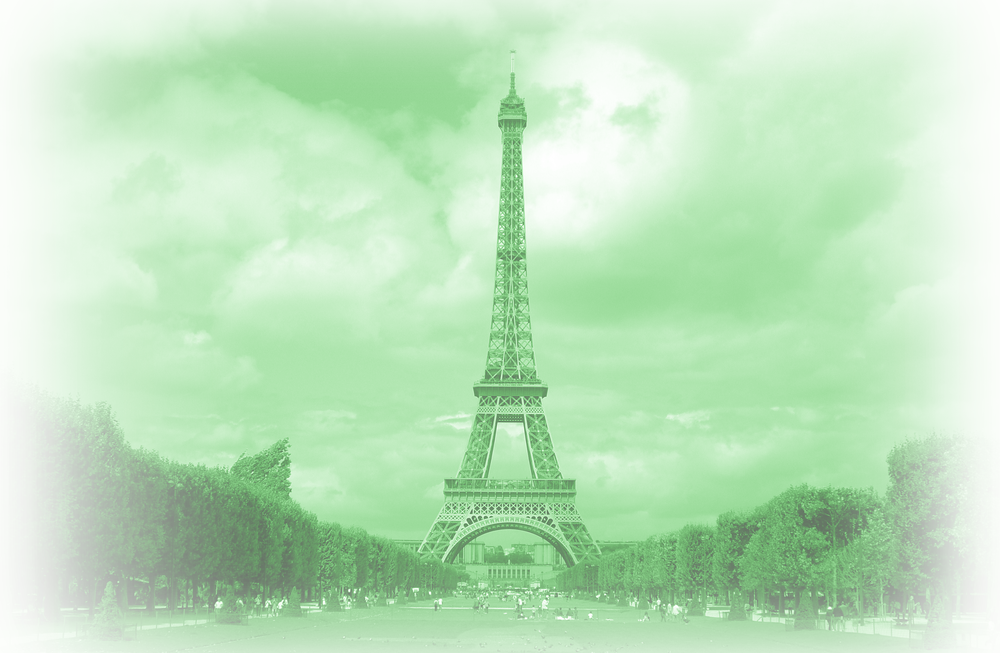
“The cause of the illness is not yet clear. It is certain that I was very tired at the end of my long stay in a foreign country, but also there was a toxication caused by radioactivity emanation. Here in Japan, we do not have a large quantity of radioactive substances, and in consequence, not a single article about the toxication of such substances exists. I think it would be interesting to compare the course of my illness with those of others who have caught the same kind of illness. It would be very kind of you if you could inform me of the names and volume numbers of journals that describe the symptoms of such toxication.”
Yamada’s conjecture was right. One year after he wrote this letter, on 1 November 1927, Yamada died at the age of 31. The pro forma cause of his death was a brain tumour. He and Sonia Cotelle (1896?1945), who was also a disciple of Marie Curie, are considered to be the first victims of radioactivity from polonium.[8] Shocked by the news of Yamada’s death, Marie and Irène Curie each wrote a gracious condolatory letter to Yamada’s supervisor and his wife. Although there were hearts mourning the death of this excellent Asian scientist, there was no recognition of the danger of radioactivity.[9]
Just before Yamada’s death, when he was already unconscious, Tokyo Imperial University promoted him to the rank of “professor.” However, neither Yamada nor the Japanese government achieved their original purpose of utilising his scientific research carried out in France for the development of Japan. Though Yamada passed away without realising his ambition, he had been expected to achieve success in life from the people around him, and he worked hard for his country. Therefore, it can be said that his life represented the lives of men in modern Japan.
Later Years of His Colleague, Irène Curie
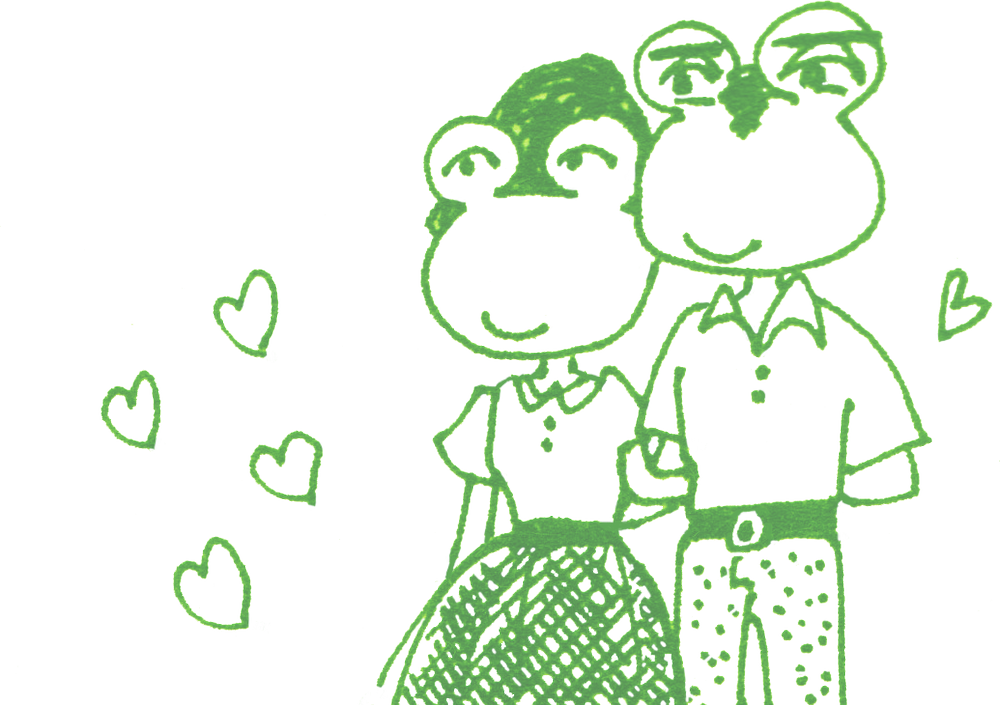
Irène Curie (1897-1956), Frédéric Joliot (1900-1958)
Seven years after Yamada’s death, in 1934, his erstwhile colleague Irène jointly discovered artificial radioactivity with her husband, Frédéric Joliot-Curie (1900-1958).[10] This research won the couple the Noble Prize in chemistry in 1935. They created artificial radioactive nitrogen and phosphorus by irradiating an alpha ray from polonium, the radioactive element that Irène had dealt with in her joint studies with Yamada, to the atomic nuclei of light elements, such as boron and aluminium. Incidentally, since Frédéric Joliot had joined the Radium Institute in 1925 as an assistant of Marie Curie, he might have been acquainted with Yamada. Although there are no records of his impression of Yamada, when Frédéric guided Toshiko Yuasa (1910-1980) in later years, the former praised the Japanese culture and people; I assume accordingly that he had a favourable impression of Yamada.[11]
Irène, too, was ill around the time when she had received Yamada’s letter. In addition to tuberculosis, with which her mother was also infected,[12] unusual symptoms, such as continuous fatigue and dramatic reduction of red blood cells that were unrelated to tuberculosis, arose one after the other. Still, she continued her research, but she was often admitted to sanatoriums.[13] As she lay in her hospital bed, did Irène remember the letter from her Japanese colleague? Probably not. Irène insisted until the end that her illness was not due to her research. Frédéric was of the same opinion, and even though he admitted that Irène had been exposed to radiation when she worked as an X-ray technician during World War I,[14] at no point did he admit to the danger of radioactivity at the Radium Institute, even for himself.
In 1956, at the age of 58, Irène Joliot-Curie died due to acute leukaemia caused by radiation injury, like her mother. Frédéric passed away two years later, also at the age of 58, due to liver disease from radiation injury. Each of them was given a national funeral. In the end, like Pierre and Marie Curie, they became French heroes.
This work was supported by JSPS’s Grants-in-aid for Scientific Research “Early Years of Radioactivity Research and Women―Successors of Marie Curie” ( (C): 15K01914).
I thank Ms Natalie Pigeard-Micault of the Curie Museum for her valuable suggestion about Marie Curie and the Radium Institute. Actually, the Archive of the Radium Institute is in the Curie Museum at Paris. http://musee.curie.fr.